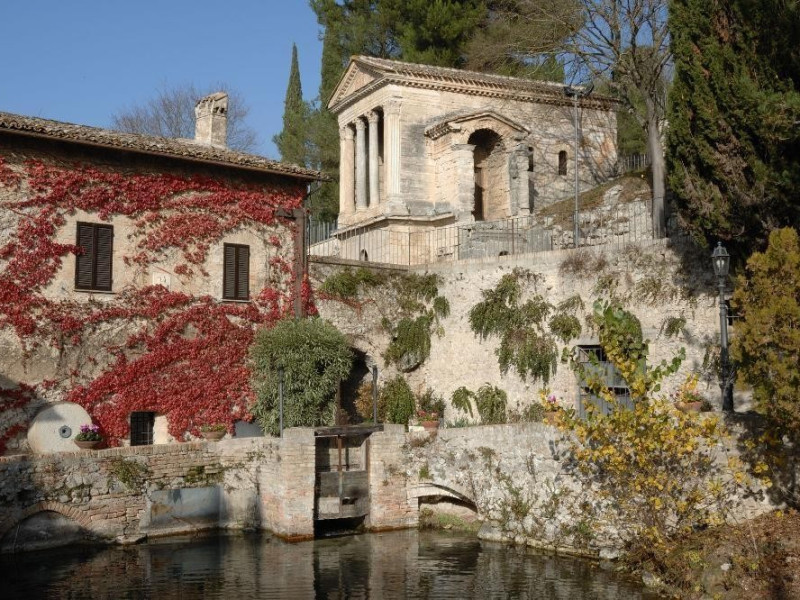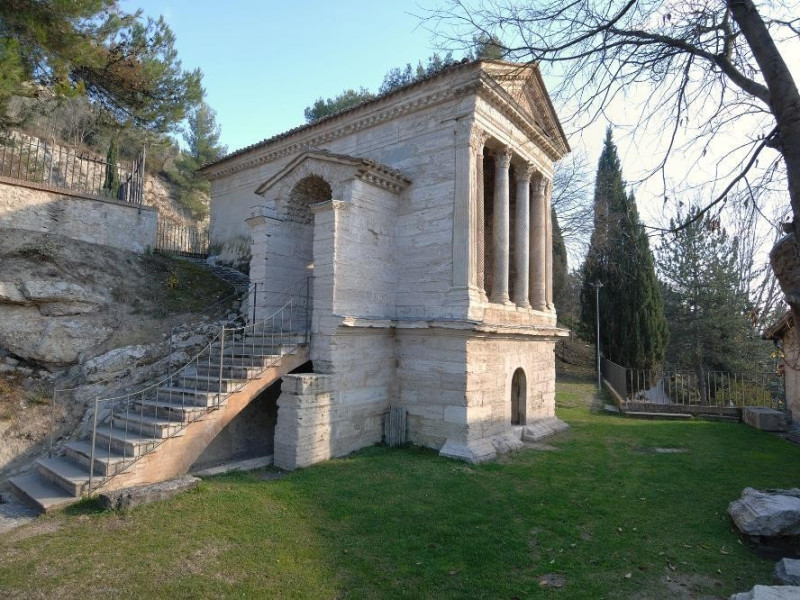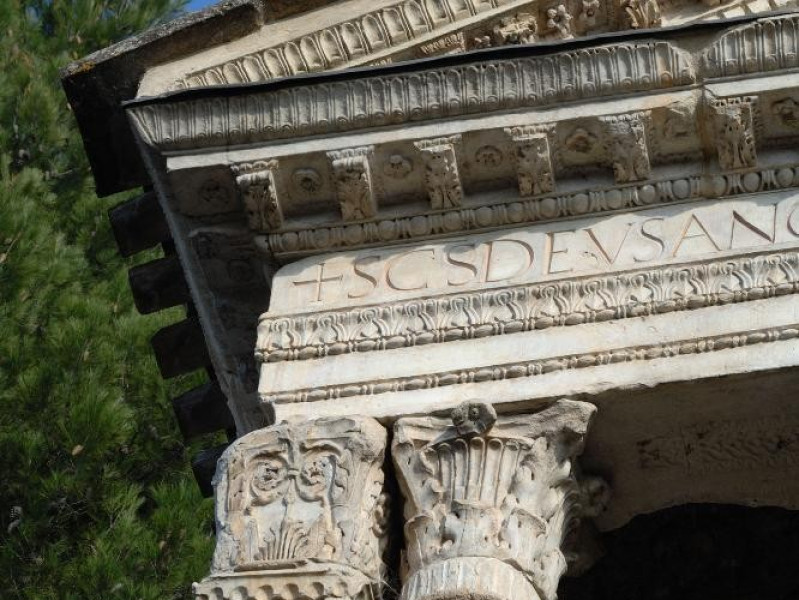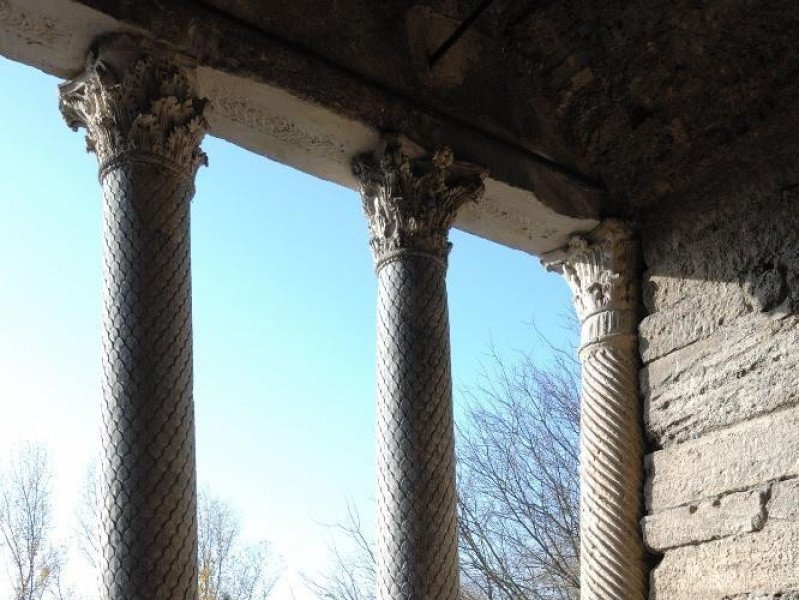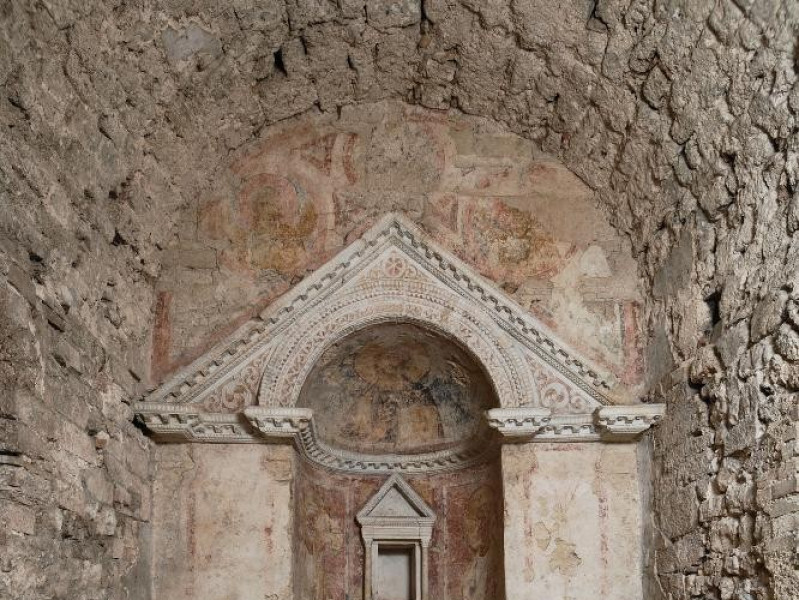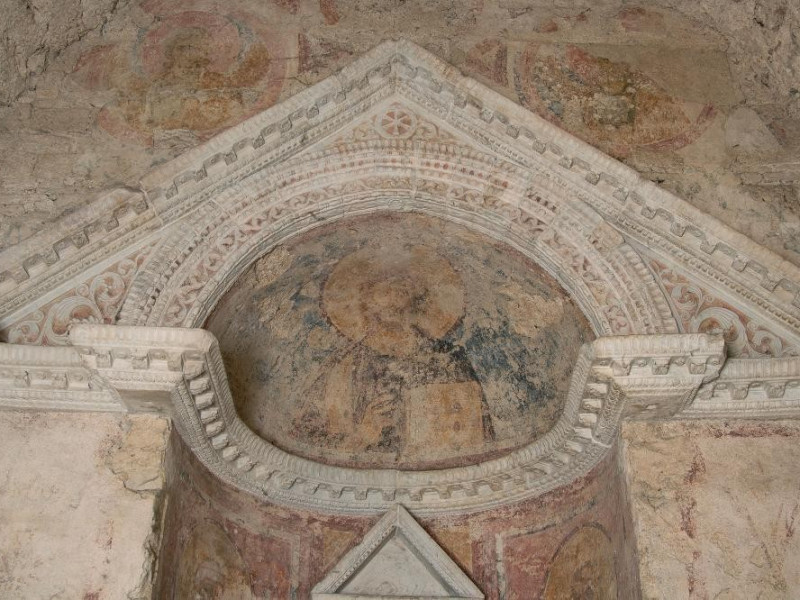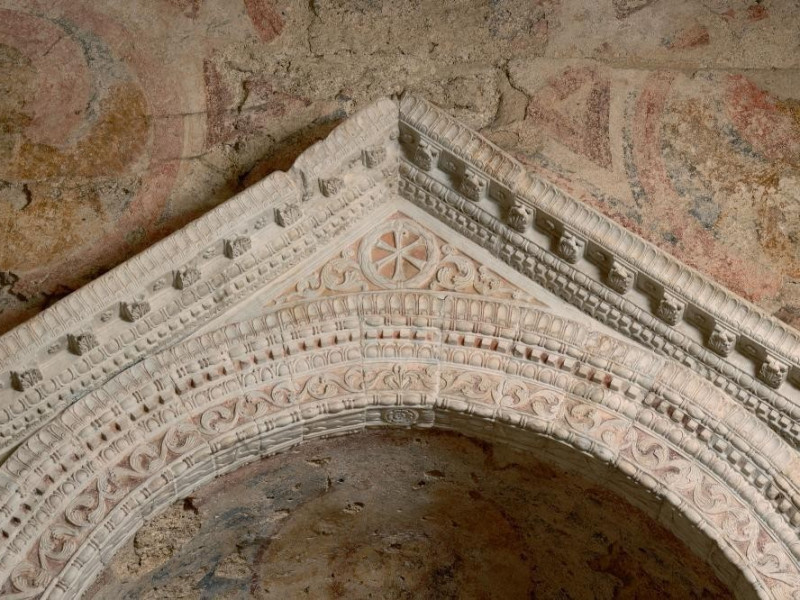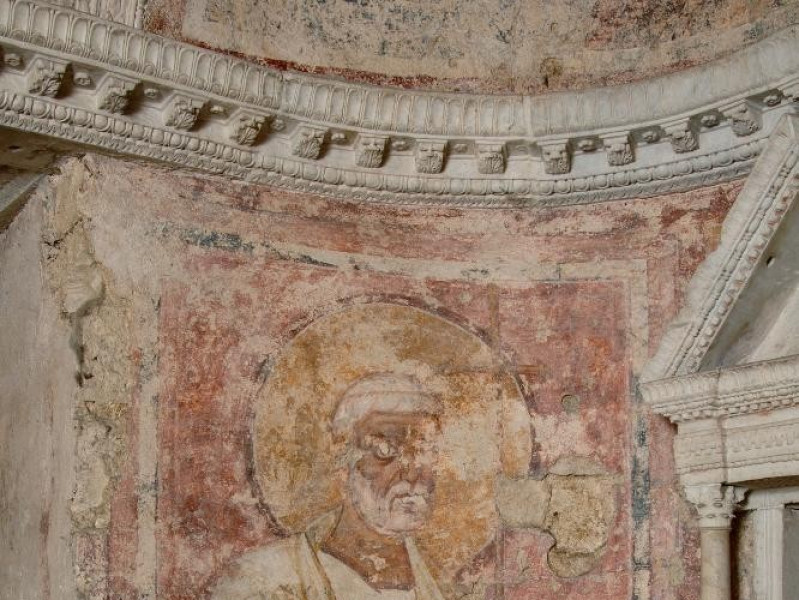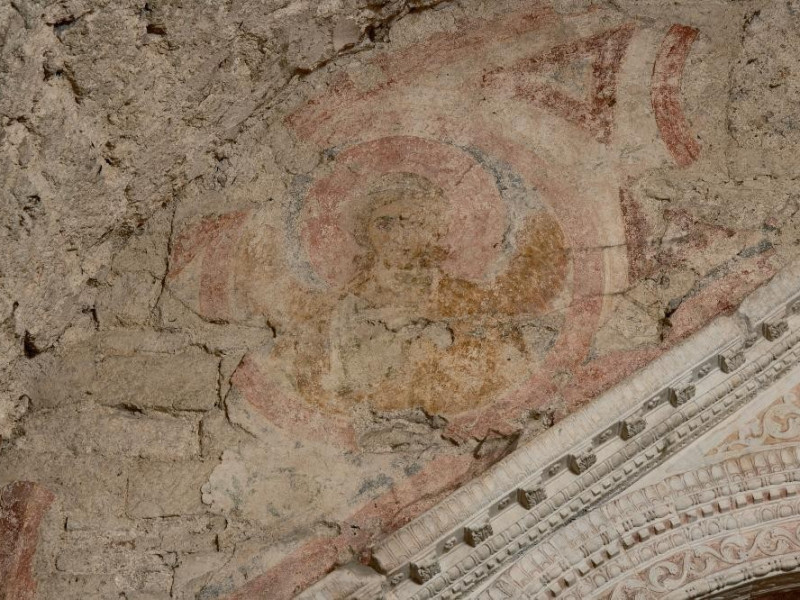Luogo - Museum
Tempietto sul Clitunno
Where
Via del Tempio, 1, Campello sul Clitunno (Perugia)
The Small Temple on the Clitunno
The Tempietto del Clitunno—in the shape of a small Temple of the kind the Romans called sacellum—is located in Pissignano, under Campello sul Clitunno Municipality, along the slope of Colle San Benedetto, which dominates the Spoleto Valley. Considered one of the most interesting early-medieval monuments of Umbria, it is one of the seven jewels of Longobard art and architecture in Italy, which were recently included in the prestigious UNESCO World Heritage list.
Among the most attractive elements of the visit to this place is its suggestive location, already described by Pliny the Younger as a place covered by “old cypress trees, a spring gushes out, which, breaking up into different and unequal streams, forms itself, after several windings, into a large, broad basin of water”. (C. Plinius Cecilius Secundus, Panegiricus VIII, 8) 1
The construction, which was built with re-used architectural elements of ancient Roman times, and probably with remnants of a pre-existing Sanctuary structure dedicated to a deity called Clitumnus (identified with Jupiter), has the form of a small Classical Temple: it stands on a high podium with a frontal Corinthian colonnade of four columns—pronao tetrastilo—supporting the entablature where there is an inscription dedicating the church to the “God of the Angels”.
Inside, where it is possible to enter mounting two ramps of stairs, there is the apse with a complex decoration where a relief sculpture—in origin polychrome—and frescos—with Christian themes depicting Jesus Christ Pantocrator, SS Peter and Paul and the Angels with the gem decorated cross—dated from the 8th century A.D. join together. The small aedicule-tabernacle circumscribed by the apse is made of re-used sculptured elements of the 1st century A.D.
Believed to have been a Roman sacellum for a long time, the Temple has been the subject of a number of interpretations concerning its phases of construction. A first dating theory sees it built as a church, between the 4th and 5th century A.D., dedicated to San Salvatore. Recent studies, instead, have enabled scholars to ascribe the chronology of the building to the Longobard age, with a margin of oscillation going between the early 7th and well into the 8th century.
1 Source: <a href="http://www.gutenberg.org/dirs/etext01/ltpln10.txt" rel="nofollow" title="Apri collegamento esterno">http://www.gutenberg.org/dirs/etext01/ltpln10.txt</a> The Project Gutenberg Etext Letters of Pliny the Younger
Prepared by David Reed [email protected] - Translated by William Melmoth revised by F. C. T. Bosanquet.
